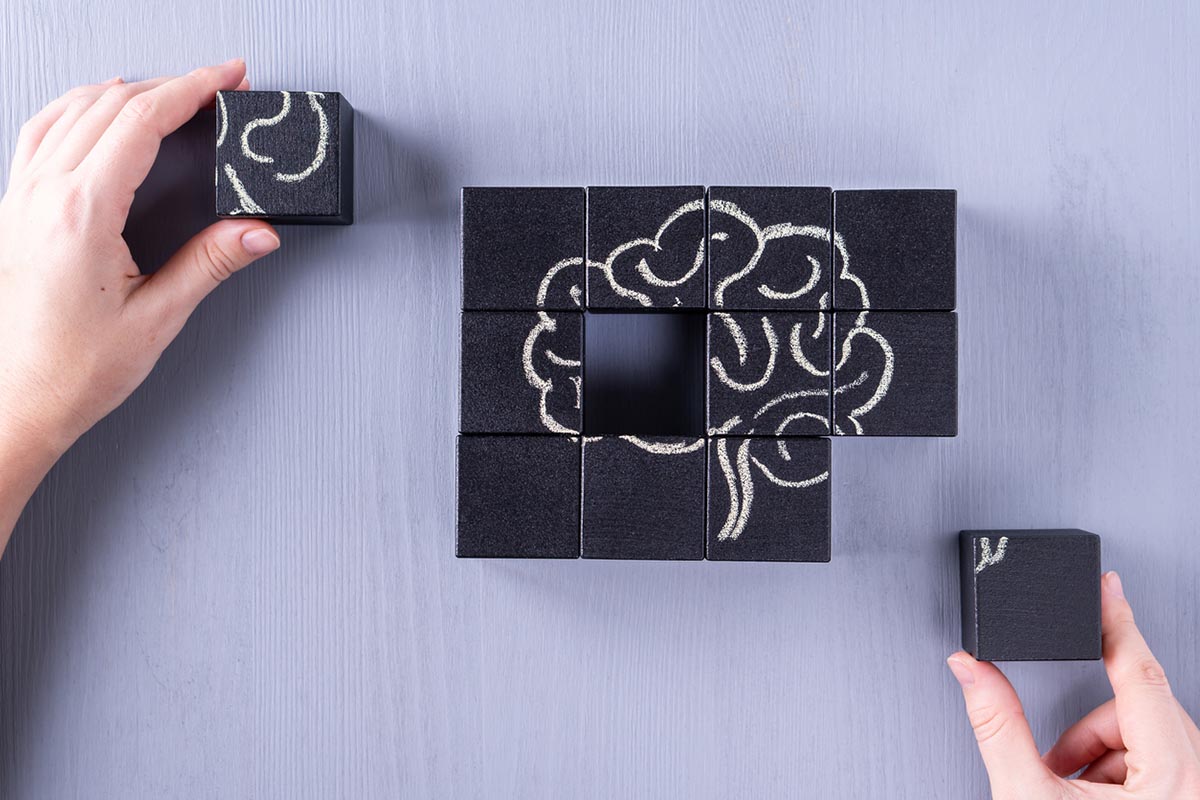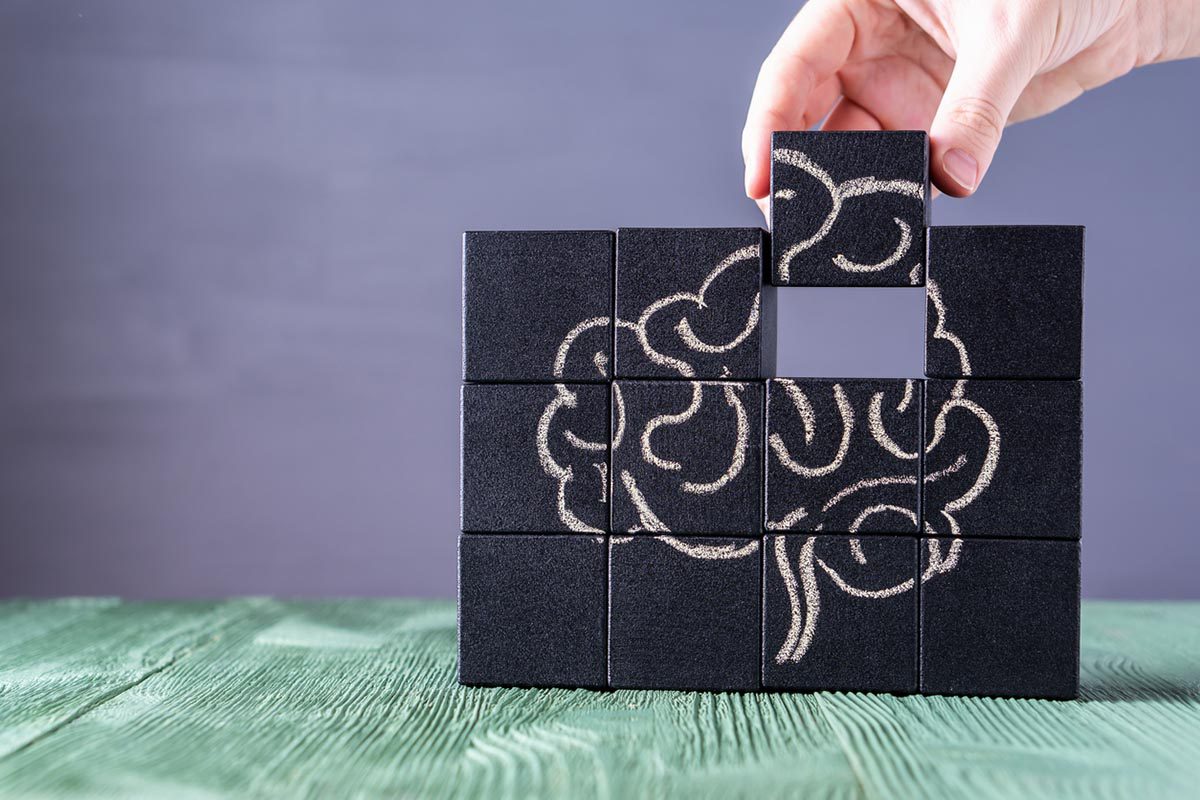Because this piece does not have an abstract, we have provided for your benefit the first 3 sentences of the full text.
Sleep quality is a common term used in sleep medicine and sleep research. It is a construct that has been almost universally accepted as a variable to distinguish good from poor sleepers or as an outcome measure to denote improvements with treatments for sleep disturbances. However, it is not a 1-dimensional construct, and the attribution of sleep quality may vary across individuals.
See article by Hartmann et al
This work may not be copied, distributed, displayed, published, reproduced, transmitted, modified, posted, sold, licensed, or used for commercial purposes. By downloading this file, you are agreeing to the publisher’s Terms & Conditions.

Sleep quality is a common term used in sleep medicine and sleep research. It is a construct that has been almost universally accepted as a variable to distinguish good from poor sleepers or as an outcome measure to denote improvements with treatments for sleep disturbances. However, it is not a 1-dimensional construct, and the attribution of sleep quality may vary across individuals.1 The quality of one’s sleep could be credited to global impressions, total sleep time, tiredness upon awakening, daytime energy levels, or functional impairment. The study of any construct with this level of complexity relies in part on understanding the patient’s cognitive processes involved in the evaluation of that construct. In the current issue of The Journal of Clinical Psychiatry, Hartmann and colleagues2 present data that suggest the cognitive process might vary as a function of psychiatric diagnostic status.
In a large sample of insomnia patients (n = 211) with or without comorbid psychiatric condition, the authors administered 2 measures of sleep quality: a retrospective self-report questionnaire (Pittsburgh Sleep Quality Index [PSQI]3) and a prospective measure derived from a sleep diary (sleep diary-derived sleep quality [SDSQ]).2 The results indicated that the relationship between the 2 sleep quality measures was moderated by diagnostic status. More specifically, there was a stronger relationship between the 2 sleep quality measures in patients with insomnia alone (r = -0.38) than in those with a psychiatric comorbidity (r = -0.13). Furthermore, using multiple regression analyses, the authors highlighted that the comorbid group indicated worse sleep quality on the PSQI than those with insomnia only. These differences were not present for the SDSQ. Accounting for anxiety revealed that the relationship between diagnostic group and PSQI-derived sleep quality was mediated by anxiety.
The authors postulate that these findings are, in part, explained by memory deficits or processing biases that have been associated with psychopathology, and they allude to the possibility that the PSQI might also be measuring sleep-related distress, rather than just sleep quality. Thus, one of the main implications of these findings is the need for more research on sleep-related cognitive processes, especially those associated with psychopathology. The cognitive processes involved in completing a self-report measure requires the individual to understand the question, retrieve and validate the information from memory, and then verbalize the response.4 Any bias or deficit at any point in that cognitive process will compromise the accuracy of the response. The authors refer to reports of such memory biases or deficits associated with psychopathology.
This, of course, has implications for the use of self-report measures in the insomnia field at both clinical and research levels. Comorbidity rates between insomnia and various psychiatric conditions (eg, depression and anxiety) are high, and the DSM-5 removed the distinction between primary insomnia and insomnia secondary to a psychiatric condition. The change in diagnostic categories might lead to an increase of studies including samples with comorbid psychiatric conditions. Furthermore, the insomnia field relies heavily on self-report: a diagnosis of insomnia is not contingent on objective sleep disturbances, and subjective measures are often preferred over objective assessments as outcome measures. Thus, the consideration of the potential cognitive processes associated with psychopathology is particularly relevant to our field. Published guidelines5 from the US Food and Drug Administration have outlined methodologies for evaluating whether the patient-reported outcome measure captures the construct in the same way as the patient understands it. Future studies on sleep quality might use patient interviews, focus groups, and qualitative cognitive interviewing to shed light on differences in response patterns in individuals with and without psychiatric comorbidities.
In addition to understanding the cognitive processes involved in evaluating sleep quality, it is crucial to understand the psychometric properties of the measure used for assessment of the construct. The PSQI, used by Hartmann and colleagues,2 is one of the most widely used measures of sleep quality. The index has been translated into 56 different languages, and the psychometric properties have been investigated in samples with a range of psychiatric and medical conditions. It is composed of 7 subscales, and these are summed to give a global score, with higher scores indicative of poorer sleep quality. Some have cautioned against the indiscriminate use of the global score of the PSQI across cohorts and have investigated the dimensionality of the scale, reporting a 2- or even 3-factor structure.6 Examining the dimensionality of the PSQI in the 2 groups studied by Hartmann and colleagues2 could have been meaningful. A different factor structure could emerge if some items on the PSQI are more strongly endorsed in the comorbid group, for example, the subscales “use of sleeping medication” and “daytime dysfunction.” Individuals with comorbid conditions (especially anxiety) might be more likely to self-medicate or request prescription medication. And those with depression might score highly on the questions related to daytime dysfunction. A single item might be a more robust measure for assessing sleep quality, at least in individuals with psychiatric comorbidities. Of course, there might also be pitfalls associated with this approach, with a single-item measure like that from the sleep diary not fully capturing the entirety of a construct as complex as sleep quality. However, the possibility of a different factor structure of the PSQI in the comorbid group might offer an alternative explanation to Hartmann and colleagues’ findings.2
Another explanation for the results offered by Hartmann et al2 might be the differences in the time frame specified for the PSQI compared to the sleep diary. The PSQI asks individuals to rate several aspects of sleep quality (eg, total sleep time, daytime functioning) over the previous month, whereas the prospective measures of sleep quality used in their study are completed on a daily basis in reference to the previous night. Retrospective measures like the PSQI might be more amenable to the biases associated with psychopathology alluded to above. The results presented by Hartmann et al2 thus exemplify how crucial it is to consider the psychometric properties of a measure when used in a specific population. If the psychometric properties of an instrument vary by diagnostic status, then the researcher or clinician should question whether the measure is appropriately applied in that specific population.
In summary, the study by Hartmann and colleagues2 is important for the field of sleep and will have important implications considering recent changes in our diagnostic classification systems. The results should encourage clinicians and researchers to not select a measure simply because it has been widely used and unanimously accepted as the outcome measure of choice, but be cognizant of the population in which the measure is being applied. Furthermore, the study by Hartmann et al2 has wider implications for the field of psychopathology as a whole, highlighting the need for further exploration of cognitive processes related to constructs such as sleep quality.
Author affiliation: Sleep Disorder Services and Research Center, Rush University Medical Center, Chicago, Illinois.
Potential conflicts of interest: None reported.
Funding/support: During the writing of this article, Dr Crawford was funded by a National Institutes of Health/National Heart, Lung, and Blood Institute grant awarded to Dr Ong (R01HL114529).
REFERENCES
1. Harvey AG, Stinson K, Whitaker KL, et al. The subjective meaning of sleep quality: a comparison of individuals with and without insomnia. Sleep. 2008;31(3):383-393. PubMed
2. Hartmann JA, Carney CE, Lachowski A, et al. Exploring the construct of subjective sleep quality in patients with insomnia. J Clin Psychiatry. 2015;76(6)e768-e773.
3. Buysse DJ, Reynolds CF 3rd, Monk TH, et al. The Pittsburgh Sleep Quality Index: a new instrument for psychiatric practice and research. Psychiatry Res. 1989;28(2):193-213. PubMed doi:10.1016/0165-1781(89)90047-4
4. Jobe J. Part II: cognitive processes in self-report. In: Stone AA, Turkkan JS, Bachrach CA, et al, eds. The Science of Self-Report: Implications for Research and Practice. Mahwah, NJ: Taylor & Francis; 2000:25-28.
5. Food and Drug Administration. Guidance for Industry: Patient-Reported Outcome Measures: Use in Medical Product Development to Support Labeling Claims. Washington, DC: H. Services; 2009.
6. Mariman A, Vogelaers D, Hanoulle I, et al. Validation of the three-factor model of the PSQI in a large sample of chronic fatigue syndrome (CFS) patients. J Psychosom Res. 2012;72(2):111-113. PubMed doi:10.1016/j.jpsychores.2011.11.004
Submitted: September 8, 2014; accepted September 10, 2014.
Corresponding author:Megan R. Crawford, PhD, Department of Behavioral Sciences, Rush University Medical Center, 1653 W. Congress Pkwy, Chicago, IL 60612 ([email protected]).
J Clin Psychiatry 2015;76(6):e822-e823 (doi:10.4088/JCP.14com09496).
© Copyright 2015 Physicians Postgraduate Press, Inc.
This PDF is free for all visitors!




